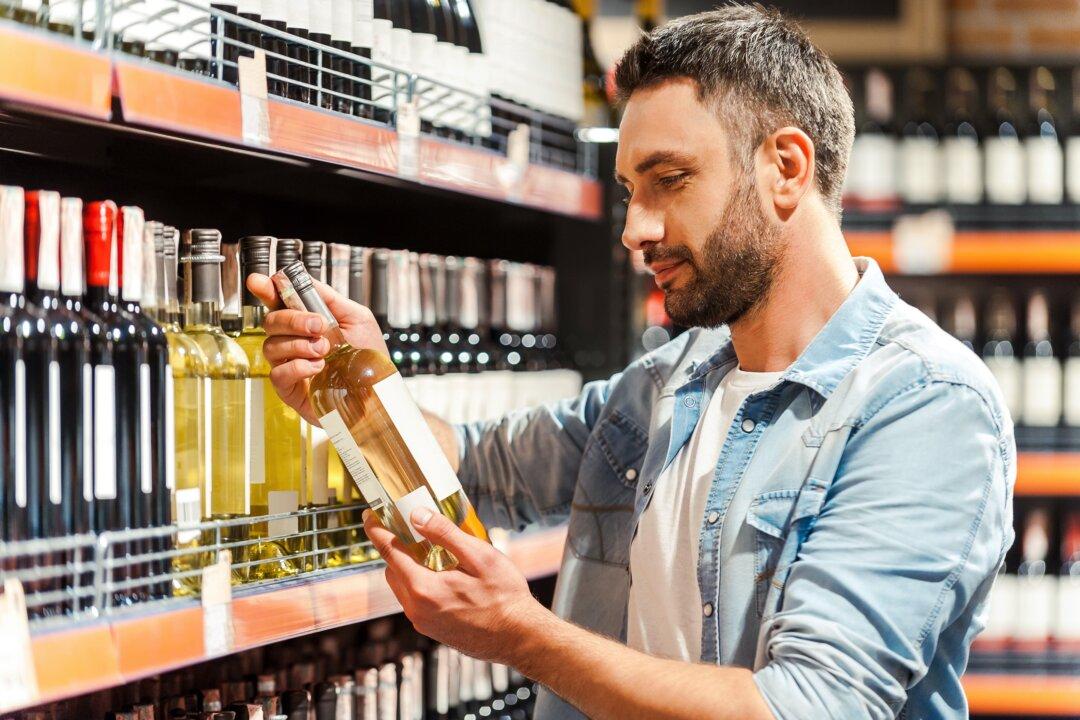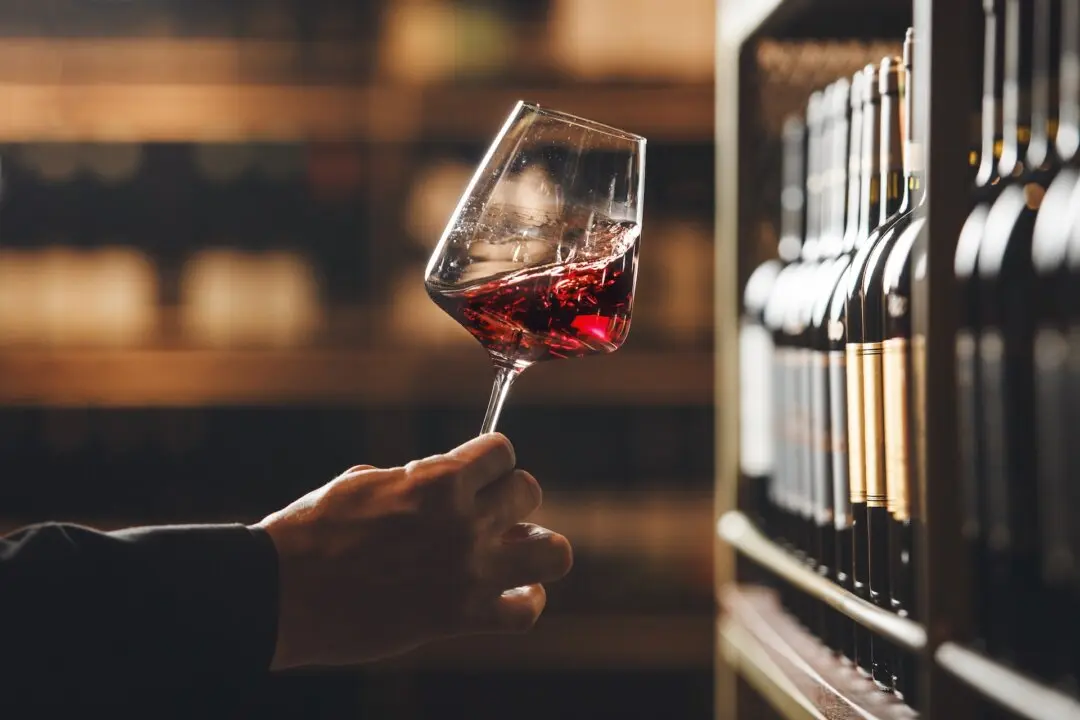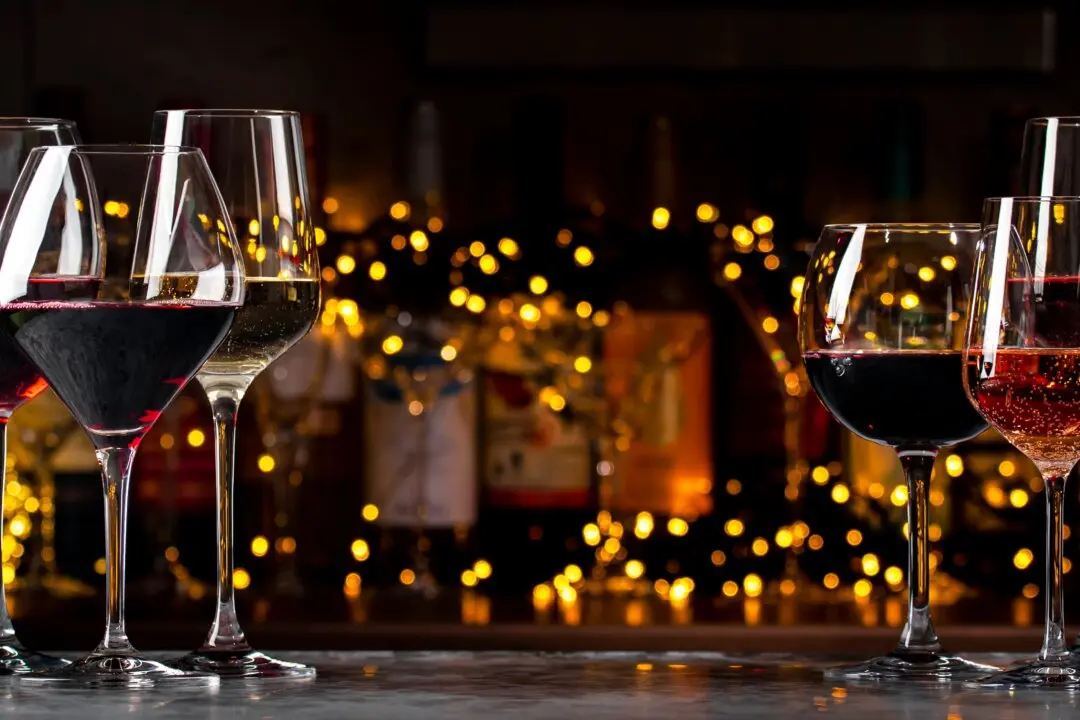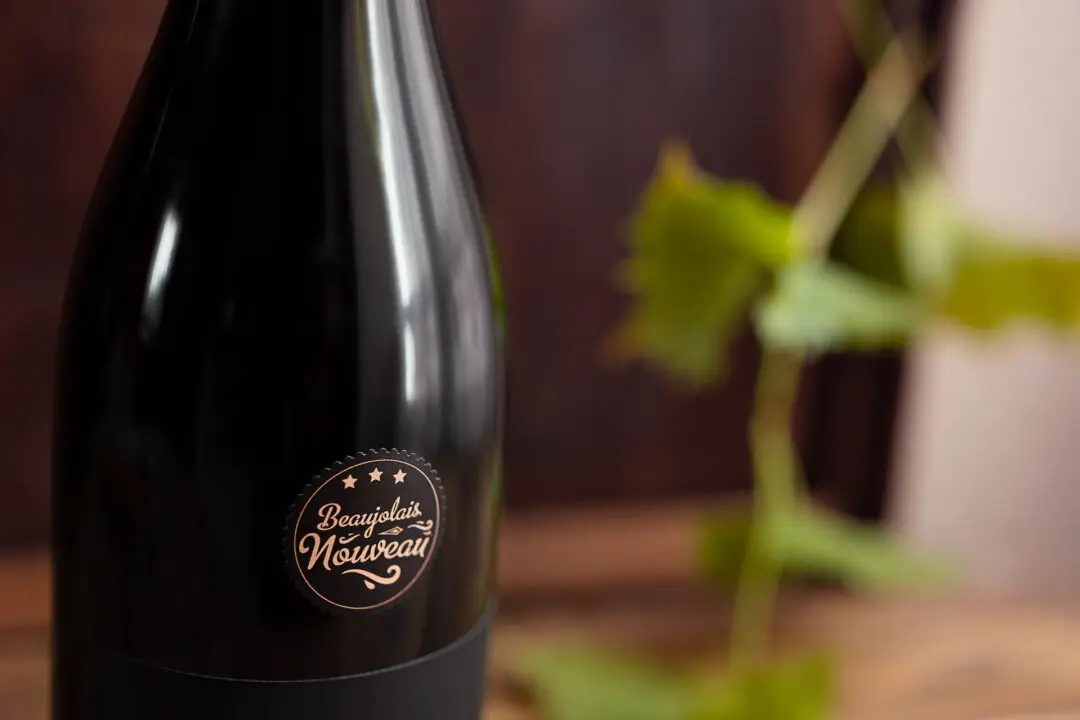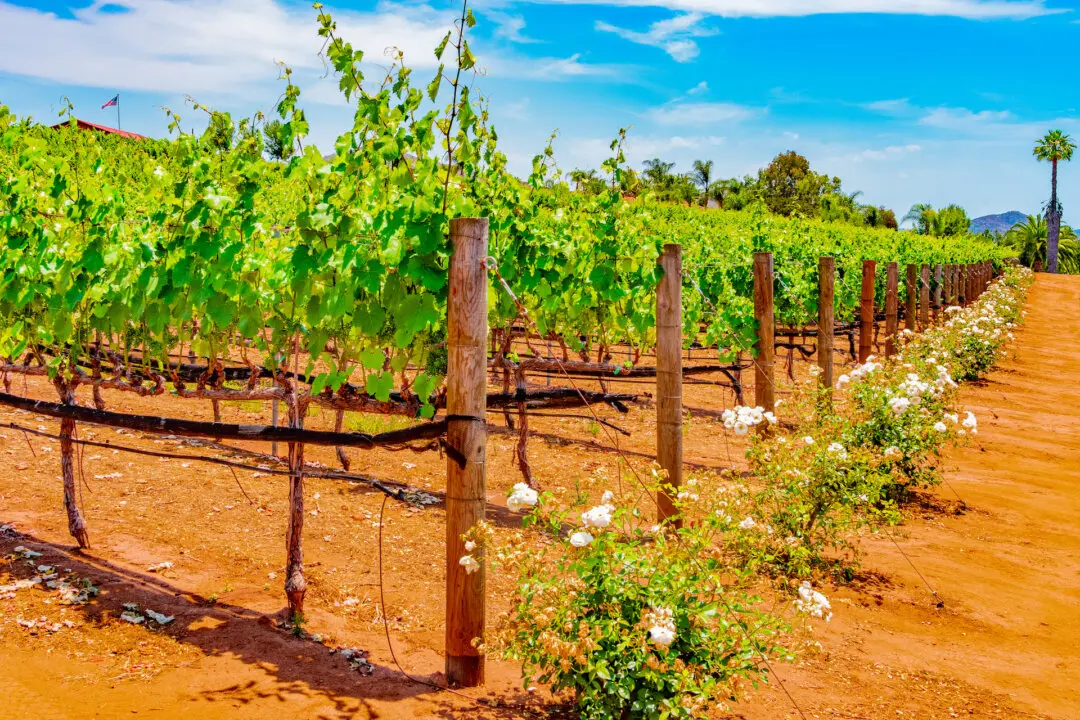We’ve all faced this same dilemma: staring at a retail wine shop wall of wine bottles that carry labels without one that’s recognizable.
The prices mostly seem reasonable, but we don’t know enough to determine which wine is worth the $8.99 or $12.99 being asked for it. We’re not looking for a great wine, just something that’s a decent value. Yes, there are some values at higher price points, but only sophisticated buyers will know which ones they are.

